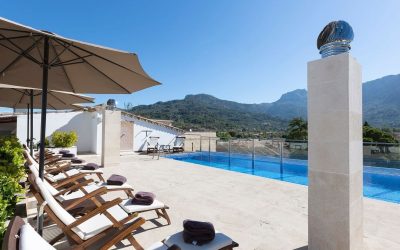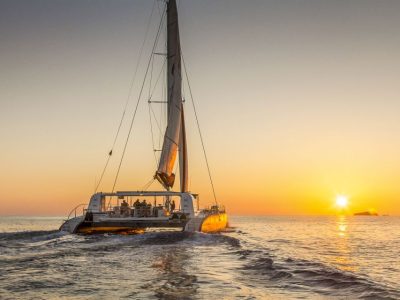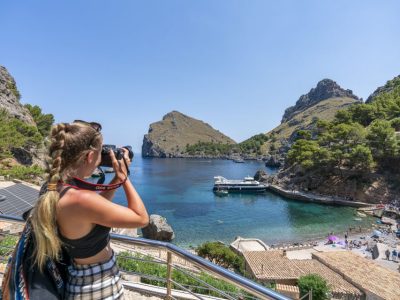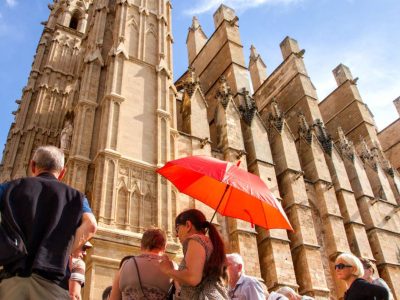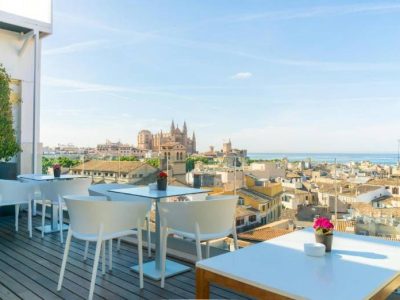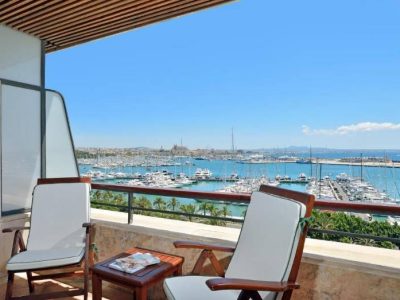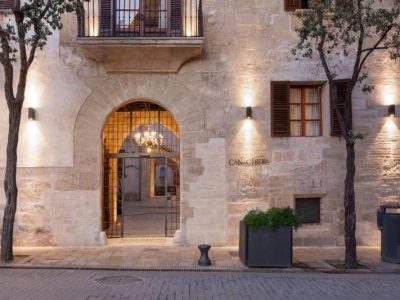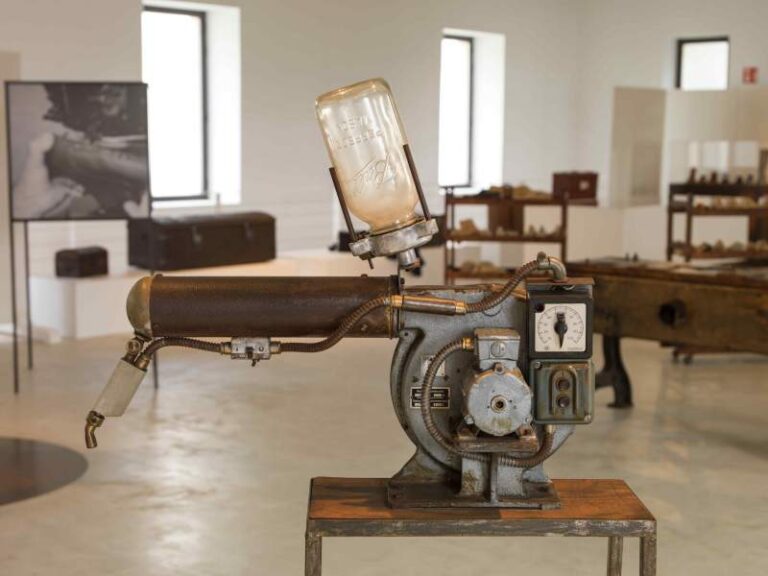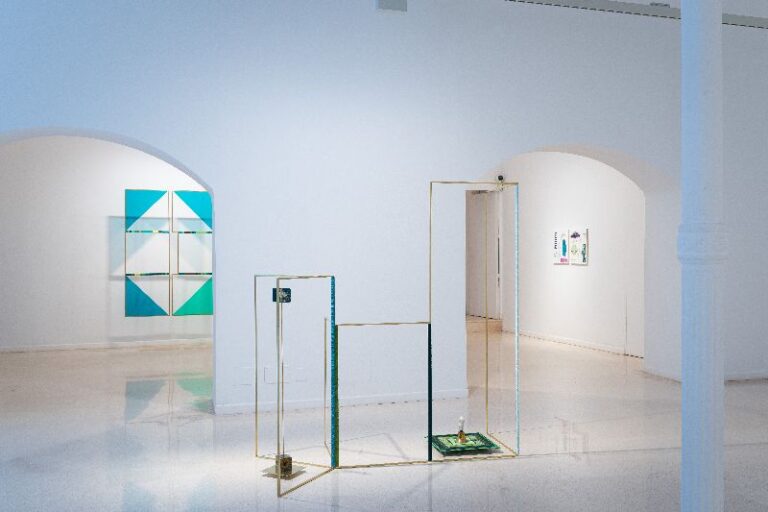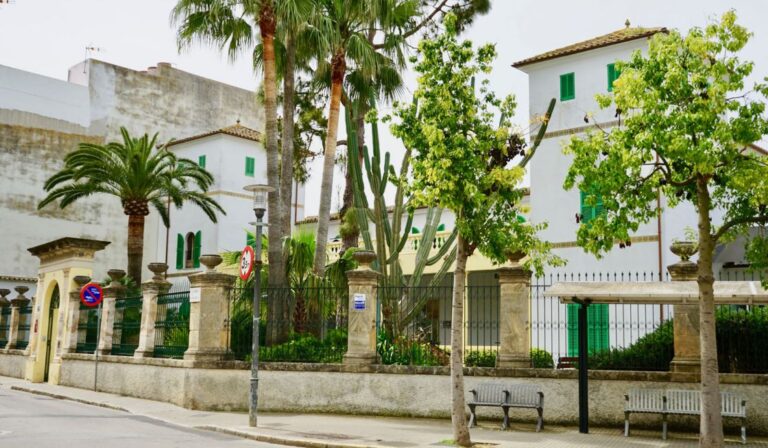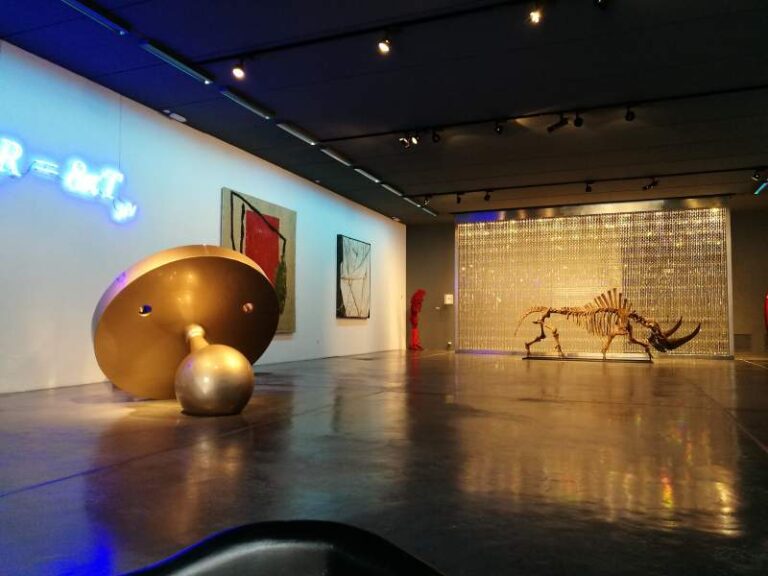All your holiday planning needs in one place, letting you book direct and benefit from official online rates
- Places To Go
- Things To Do
What’s Your Interest?
Traveling with kids
- Blog
March Foundation & Palace
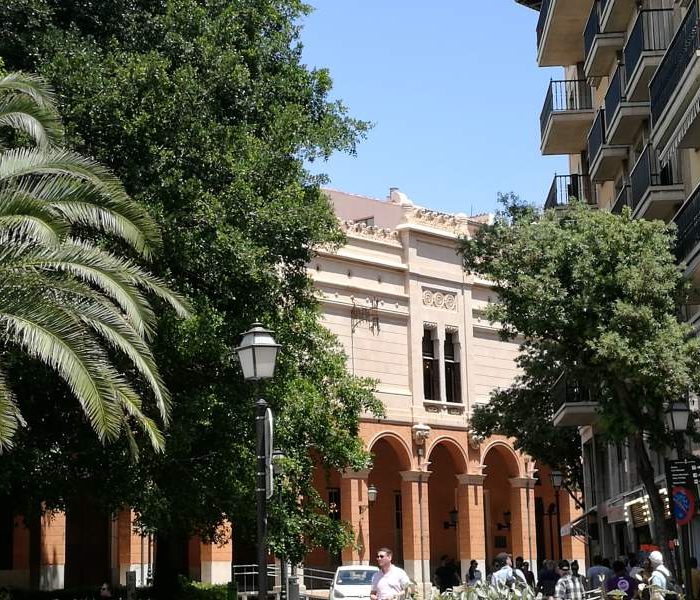
FEATURED EXPERIENCE
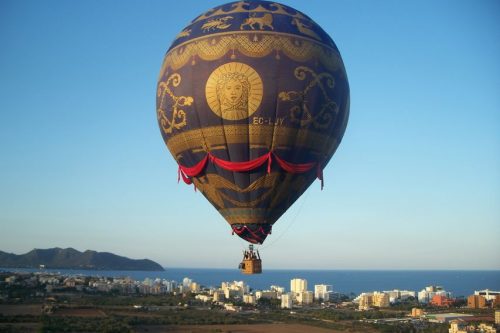
Breathtaking Hot Air Balloon Flight over Mallorca
From: €180
- Lowest Online Rates
Visit the amazing March palace in the heart of the historic centre next to the cathedral
The March palace, or Palau March, was home to Mallorcan born Juan March (1880-1962), founder of Banca March. The March family is the 7th most wealthy family in Spain.
Palau March is situated just behind the cathedral of Palma, you can’t avoid seeing it!
The beautiful palace was designed by the Madrid based architect, Luis Gutierrez Soto, and executed in the years between 1939 and 1945. The architecture of this amazing construction, beautifully mixes the traditional Mallorcan characteristics with typical Italian baroque.
Some architectural features to highlight would be; the colonnade, the ornamented facade and the impressive courtyard of honor.
The March foundation museum
The March foundation, was established by Bartolomé March (1917-1998), son of Juan March.
Bartolomé found the world of arts quite intriguing, already in an early age. His parents supported his desire to explore and learn more of this world, and made sure he received the proper education within arts.
Bartolomé established the March foundation in 1975, and made the Palace the main exhibition hall in honor of his parents.
Inside the museum, you will experience first hand how life would be like, if money was no longer an issue!
Some of the more interesting collections include: Lithographic works by Salvador Dalí, wall paintings by Josep Maria Sert (1874-1945) and some cartographics dating back from medieval times.
Another impressive work in the museum, is the paintings in the ceilings on the first floor. They are also made by Josep Maria Sert, and split into four different pieces, each in a vault. Three of the four paintings represent the virtues: Boldness, inspiration and sense. The fourth painting, is portraying Juan March, and completes the entire work.
Info
- Carrer del Palau Reial, 18, 07001 Palma (get directions)
- +34 971 711 122

